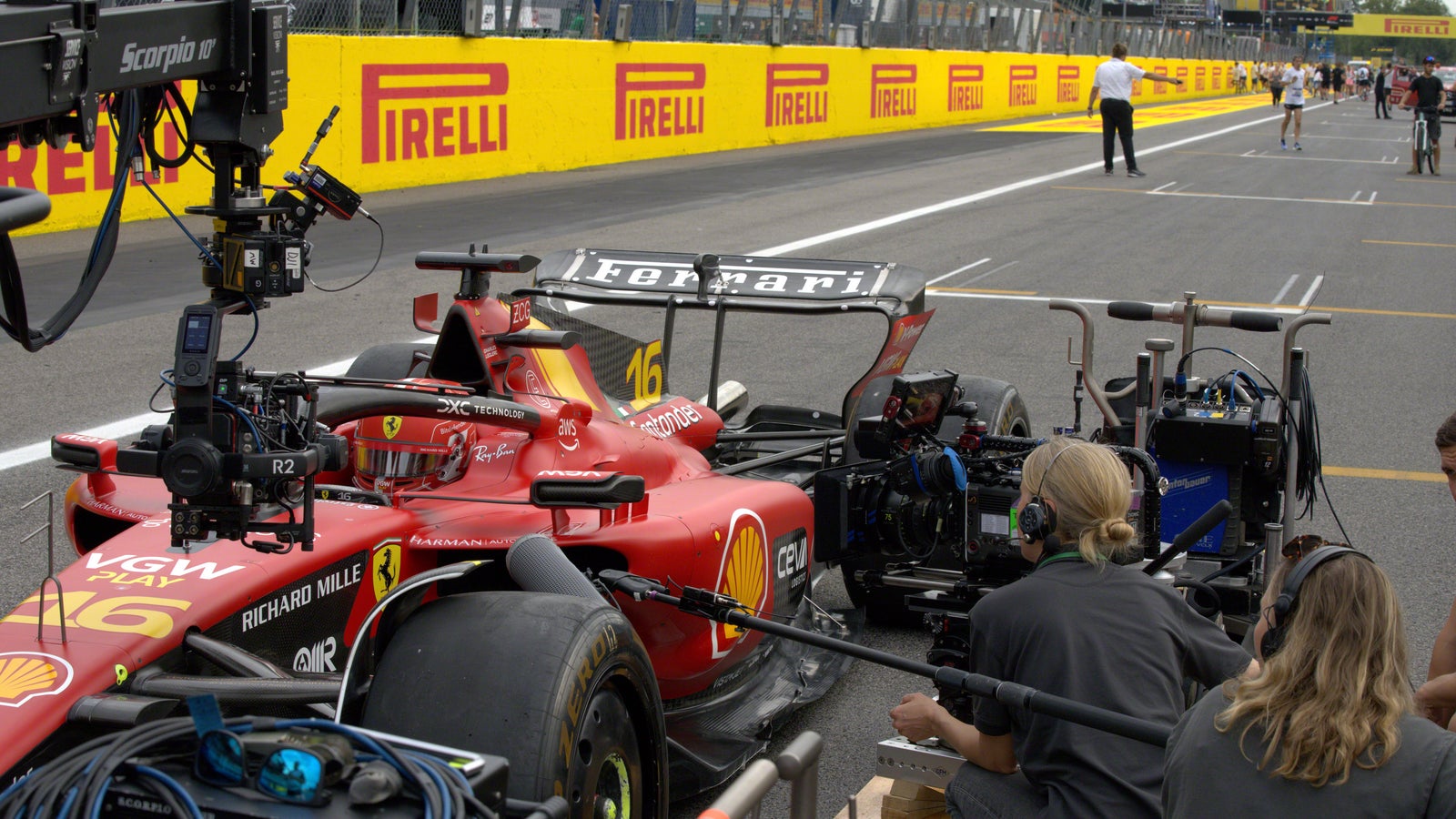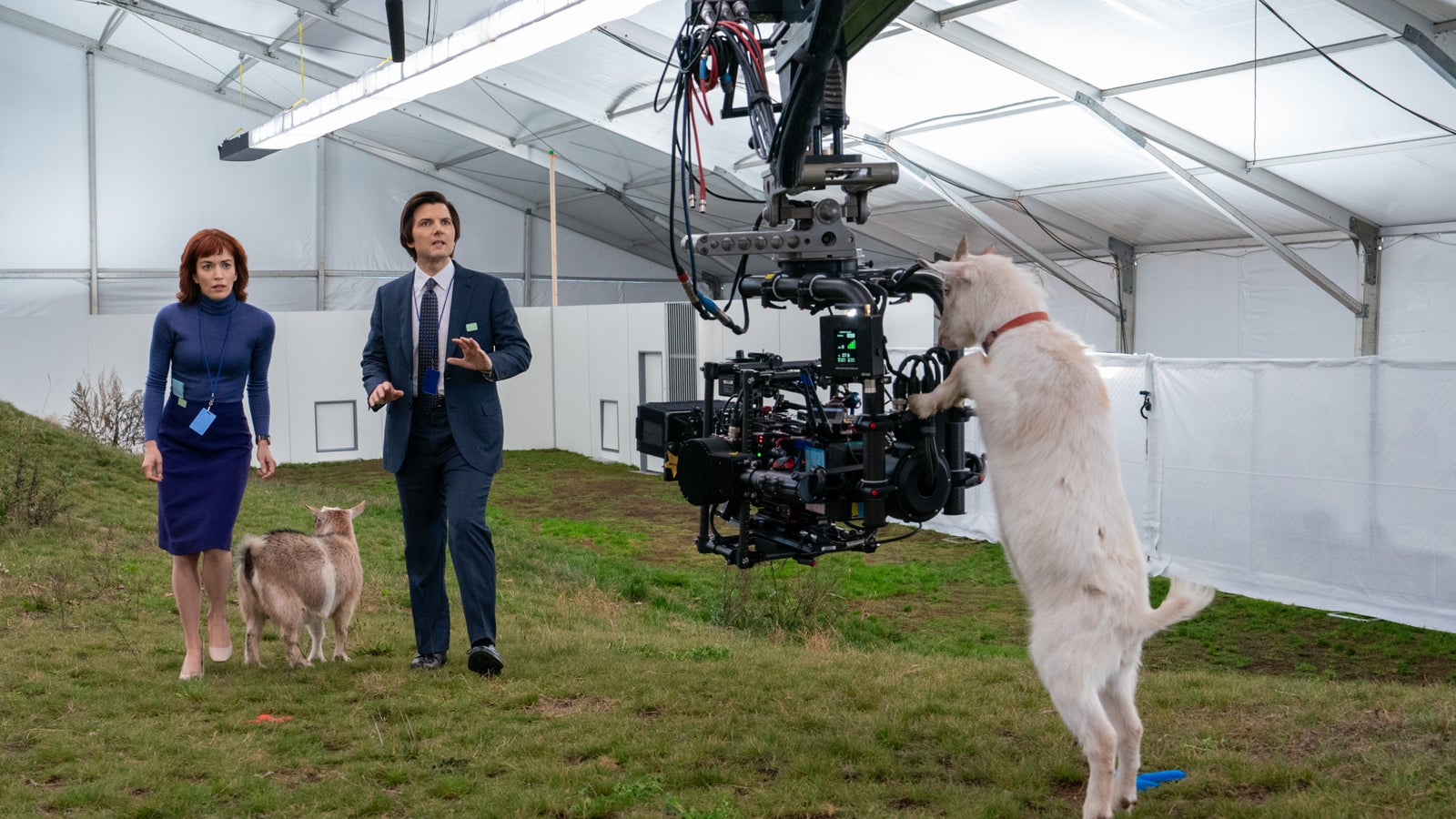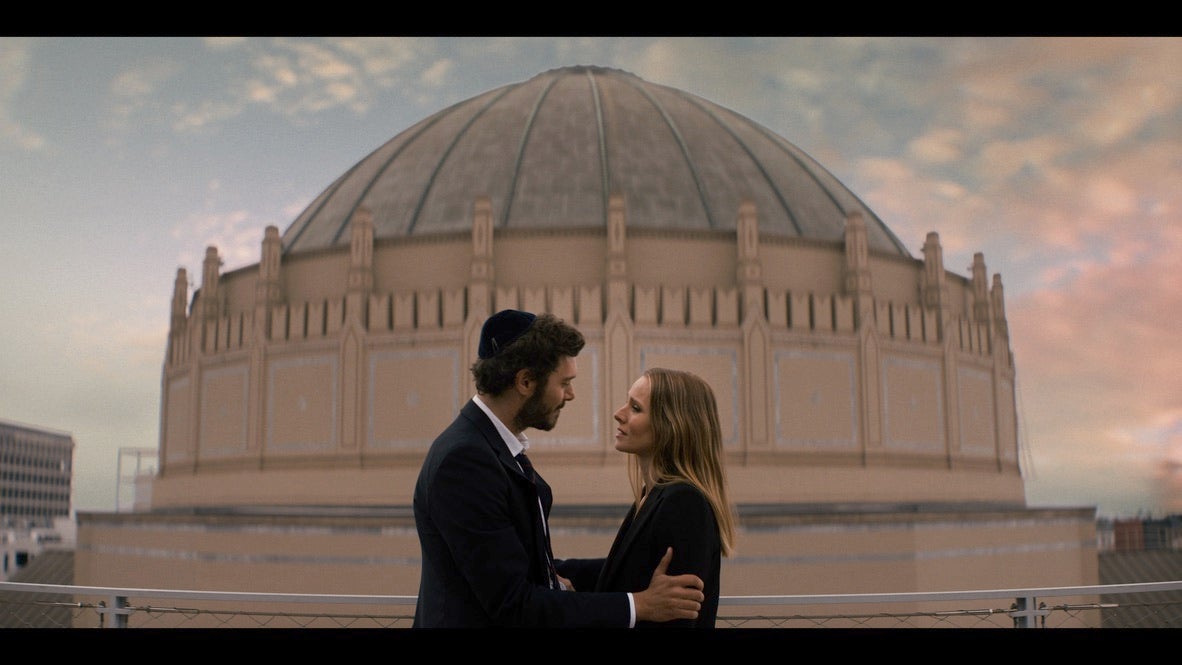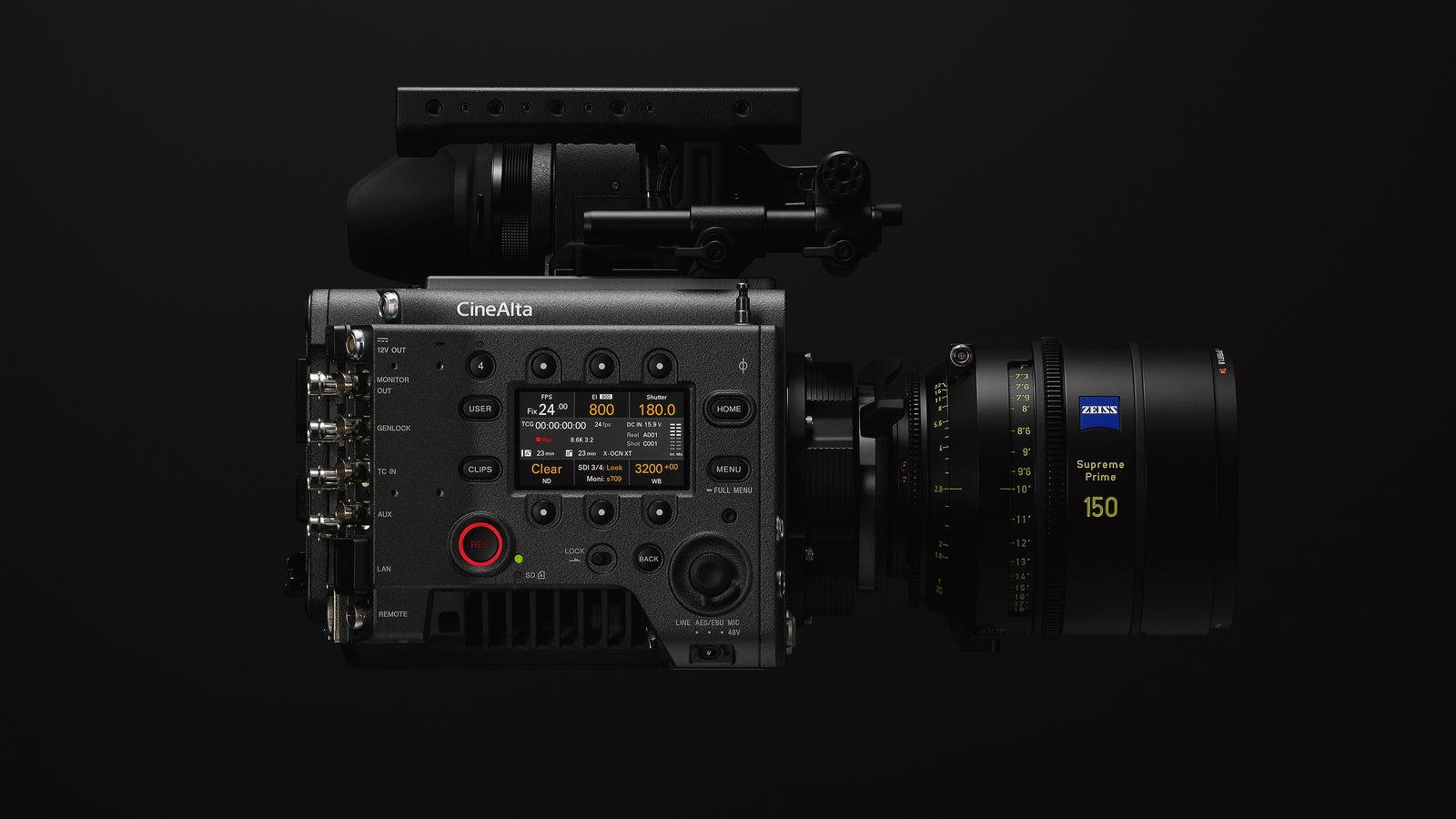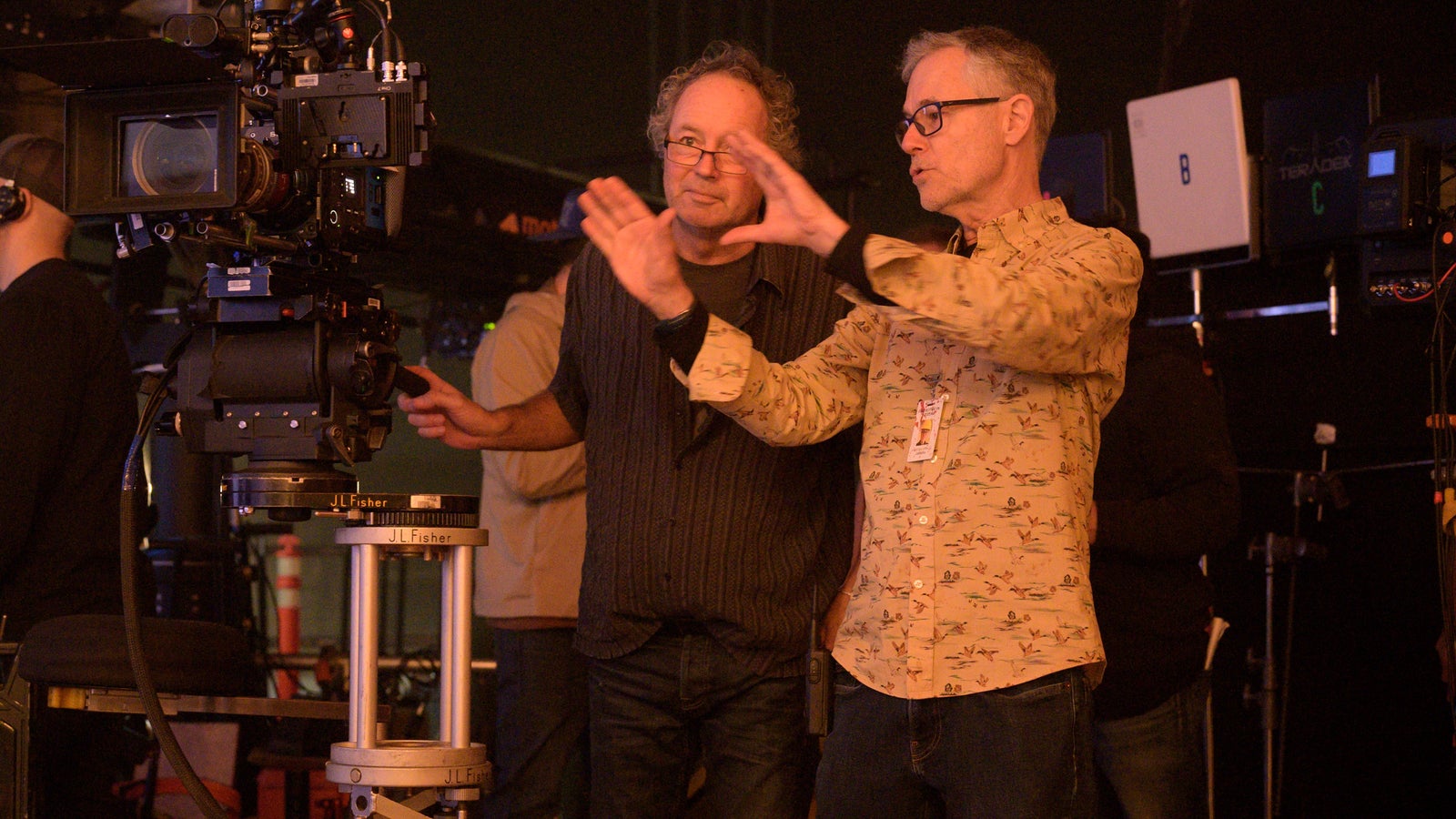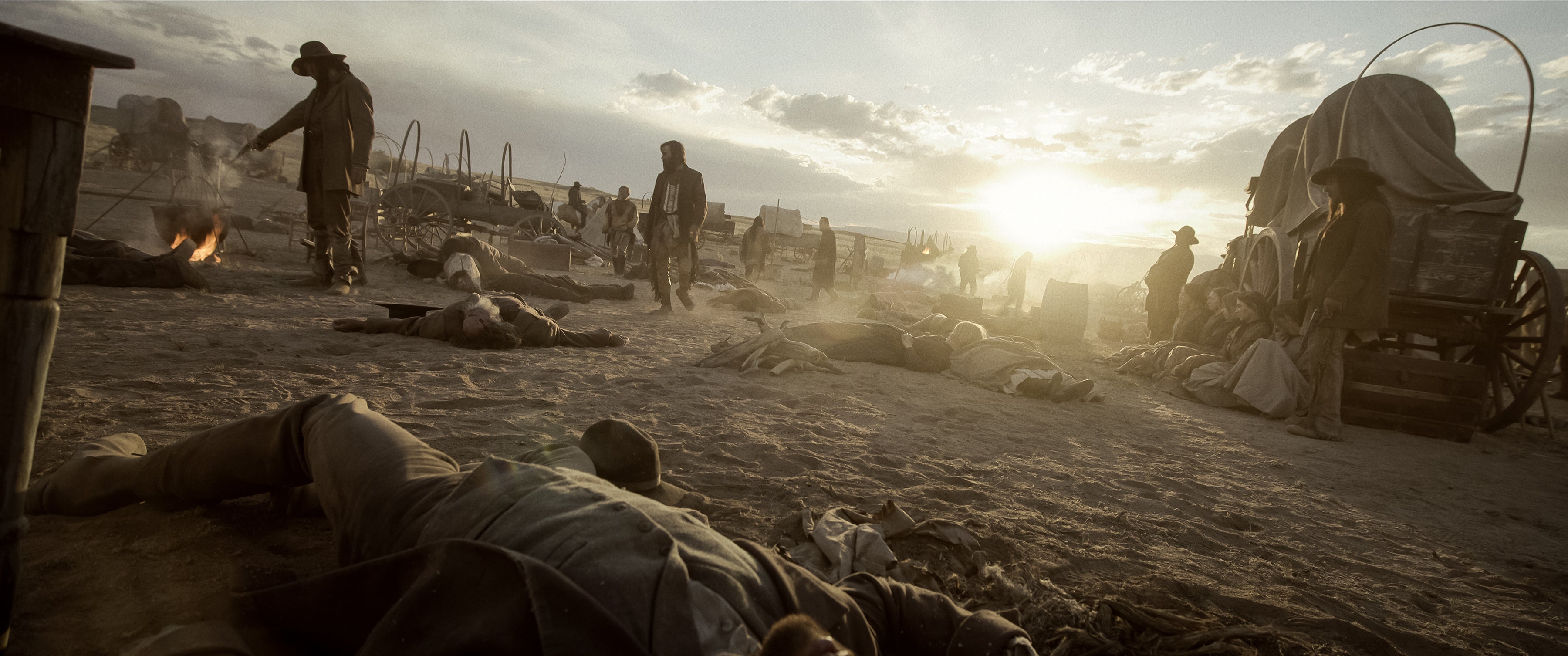
08-20-2025 - Filmmaker Interviews
Emmy-Nominated DP Jacques Jouffret, ASC, Captures the Untamed Frontier of American Primeval with the Sony VENICE 2
By: Yaroslav Altunin
Jacques Jouffret, ASC, is a cinematographer unrestrained by genre. Between intense action films, heartfelt dramas, and heart-pounding thrillers, Jouffret has continually conquered diverse creative challenges.
For American Primeval, Jouffret's most recent project with long-time collaborator director Peter Berg, the cinematographer triumphed over a new genre — the iconic western. For his work on the series, Jouffret was nominated for an Emmy in the Outstanding Cinematography for A Limited or Anthology Series or Movie category.
Using a combination of the Sony VENICE 2 and the RED V-Raptor, Jouffret captured brilliant imagery under a blazing mid-day sun, crisp low-light night scenes, and the stunning landscapes of an untamed American wilderness.
Sony Cine sat down with the cinematographer to learn more about his creative approach to a new genre, how he developed the look of the show, and the techniques he used to capture unique moments with limited lighting.
Filmmaker Interview: How Jacques Jouffret Developed the Look of American Primeval
Executive Produced and written by The Revenant screenwriter Mark L. Smith, American Primeval dramatizes the fight for the American West under the backdrop of the Mountain Meadows Massacre in 1857. With only two weeks to prepare for a genre he'd yet to explore, Jouffret found his experience collaborating with Berg to be a unique source of inspiration for the look of the show.
"This is my first Western and that's one of the reasons why when [Berg] called me, I said yes right away," Jouffret said. "We have the same sensibilities, cinematically. I understand what he's trying to do, the way he works with actors, and the way he works with the camera."
These discoveries were built into the fabric of the show. For Berg, the environment was just as important to the story as the characters, so it was important for Jouffret to frame his shots in a way that allowed the cast to explore the world during a scene.
"What was very important for Pete, and the main direction he gave me, was that he wanted the environment surrounding the actors to be constantly present," Jouffret said. "The harshness of it and the difficulty of going through this land."
"There are a few things that I try to keep in mind as a cinematographer," Jouffret said. "Simplicity. Simplicity in everything you do. When you shoot in Western, you're working with very basic elements. You have daytime, you have a fire camp, and you have nighttime, which is mostly moonlight. That's all you have."
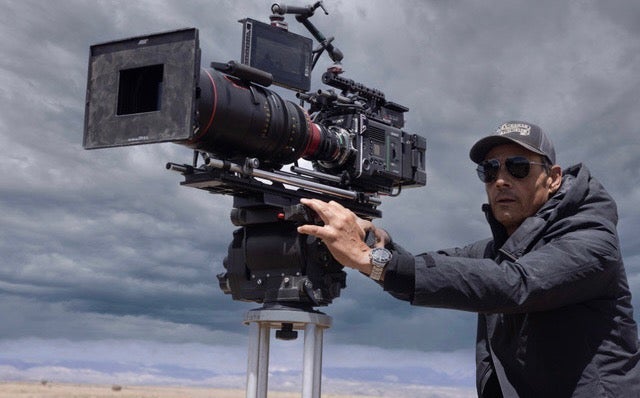
"Every frame, we wanted to exaggerate the impact of the environment around the cast. That's really one of the main reasons why the series looks that way," Jouffret said. "It's very wide and very close. We're seeing our characters struggle with the territory, and there is no cover. The harshness of the sun or the cold of the night is always present. That was the main challenge and goal for American Primeval."
This often led to moments where lighting wasn't something that Jouffret could use, especially because the series was shot in remote locations. To tackle this creative challenge, the cinematographer used cover and bounce to shape the light he had during the day.
The biggest challenge for me was shooting exterior day, which I would say is 70% of the show," Jouffret said. "For a cinematographer, that is the hardest thing to do because you have no control. The weather changes…and one of the most important aspects of cinematography is to be consistent and to keep the light the way it is."
"I used a lot of bounce, I used a lot of fly swatters, and I used lights on some aspect of it when we were in the right position," Jouffret added. "But not as much as I wished simply because we were at 10,000ft of elevation and it's very difficult to bring all the equipment."
American Primeval is also a show of visual extremes, not only in the landscapes, but also in its composition. To convey these contradictions, as Jouffret called it, the cinematographer utilized lenses at the far ends of the focal length spectrum.
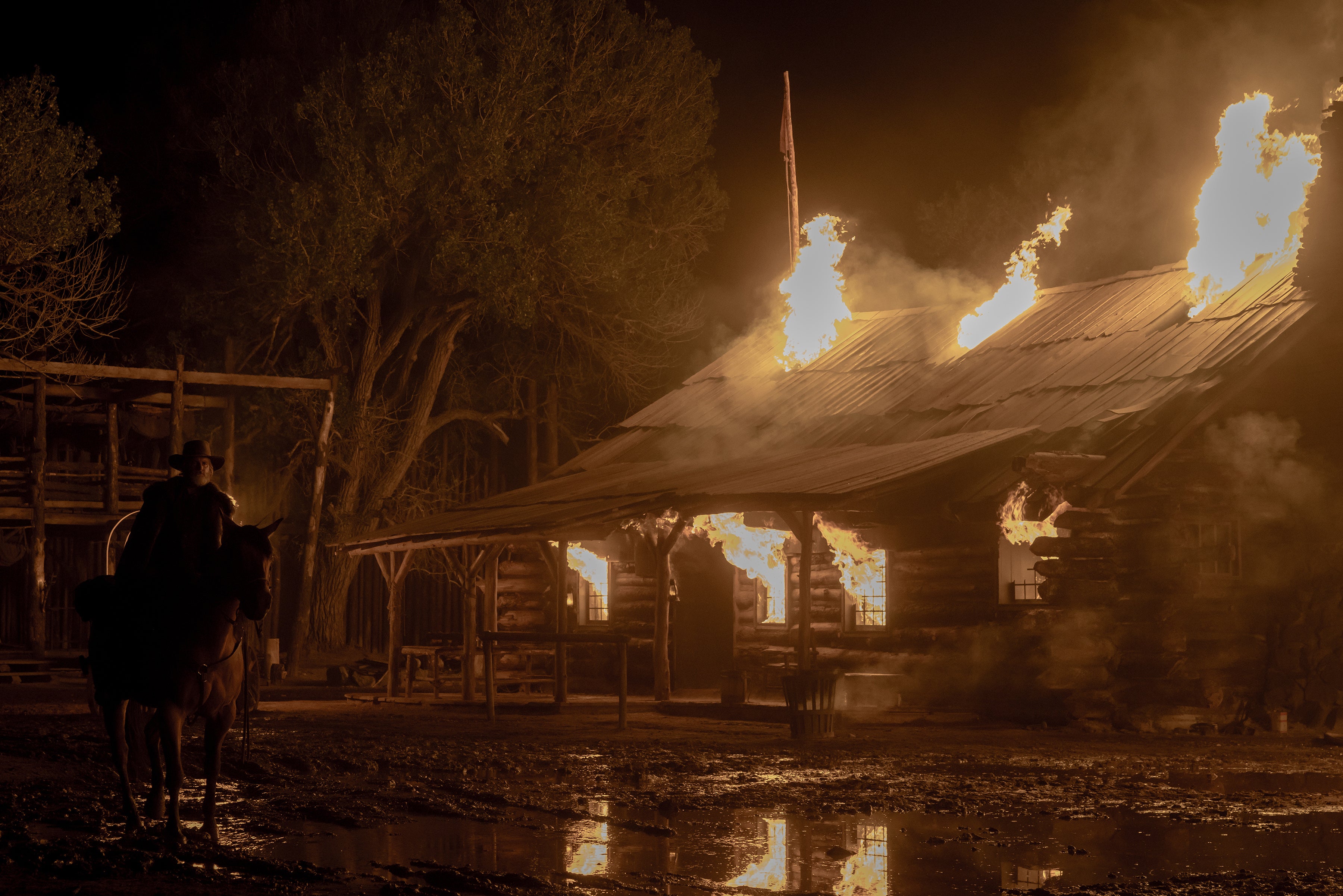
"My concept was very much about this being a story of extremes," Jouffret said. "A group of people who are trying to create a civil society. Every birth of it comes with an act of violence,
"It's always a sense of discovery with him. You go out of the normal way you would film or light a scene, but then you discover some things you haven't found before and you don't know which one is going to succeed."
"We go from extra wide lenses to extra long. There are very few medium shots," Jouffret continued. "It's super wide or super tight with a camera that is constantly touching left and right because there is no foundation."
"Those were the first visual camera tenets of American Primeval. Those two polar contradictions."
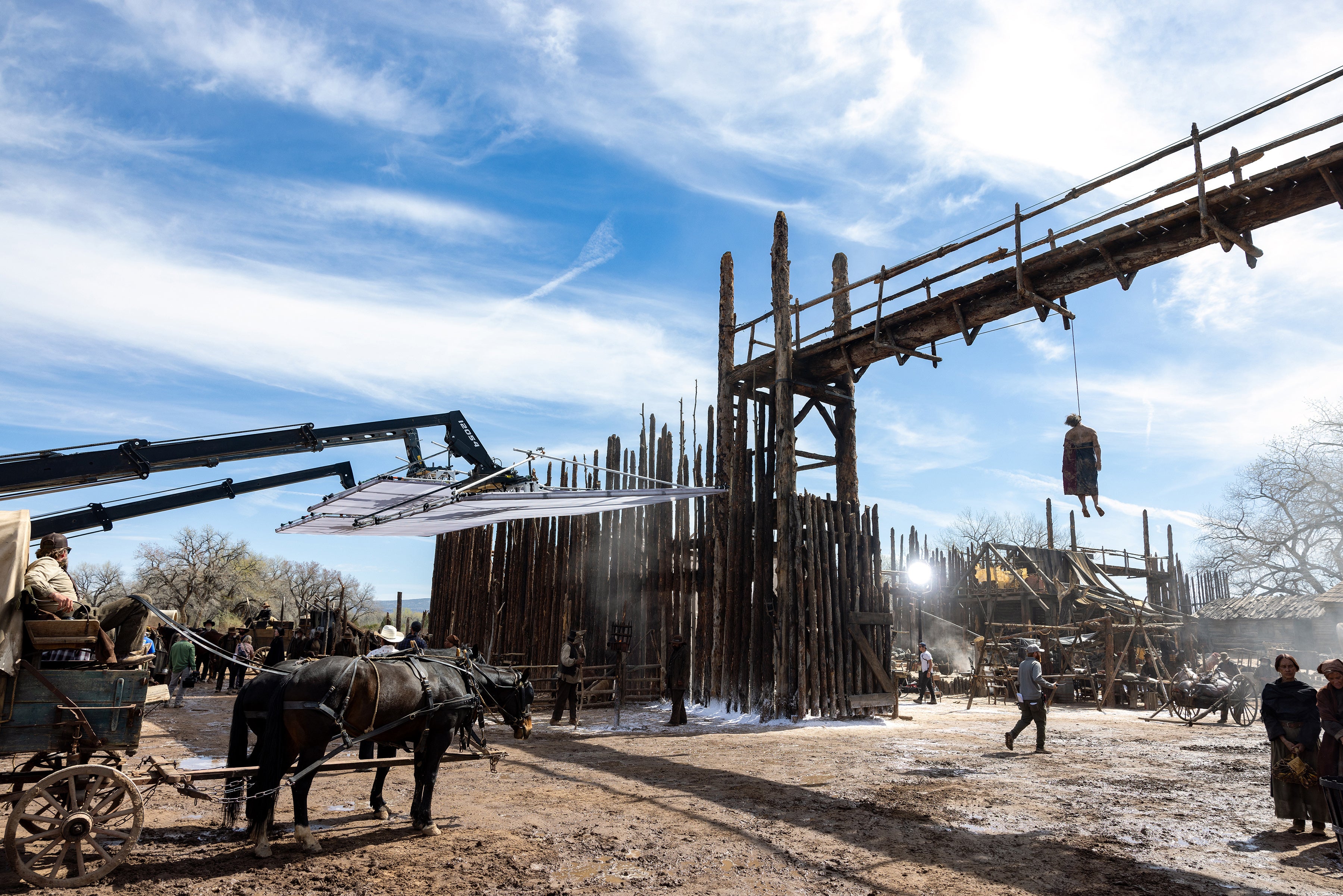
While the RED V-Raptor was used for its form factor, the Sony VENICE 2 was utilized with these long lenses. With its high sensitivity, Jouffret could use zoom lenses without having to worry about having enough light, even during a night scene that was illuminated by fire from burning houses.
"The one thing that I did a lot with the Sony VENICE 2, because of its higher ISO, is I used zooms. There were a lot of long lens zoom shots using the Angénieux Optimo Ultra 12x 36-435mm T4.2," Jouffret said. "Because of the ISO, I can have the stop…and I can use it at night. That is the one thing that I absolutely adore about this camera. I can use this in any situation."
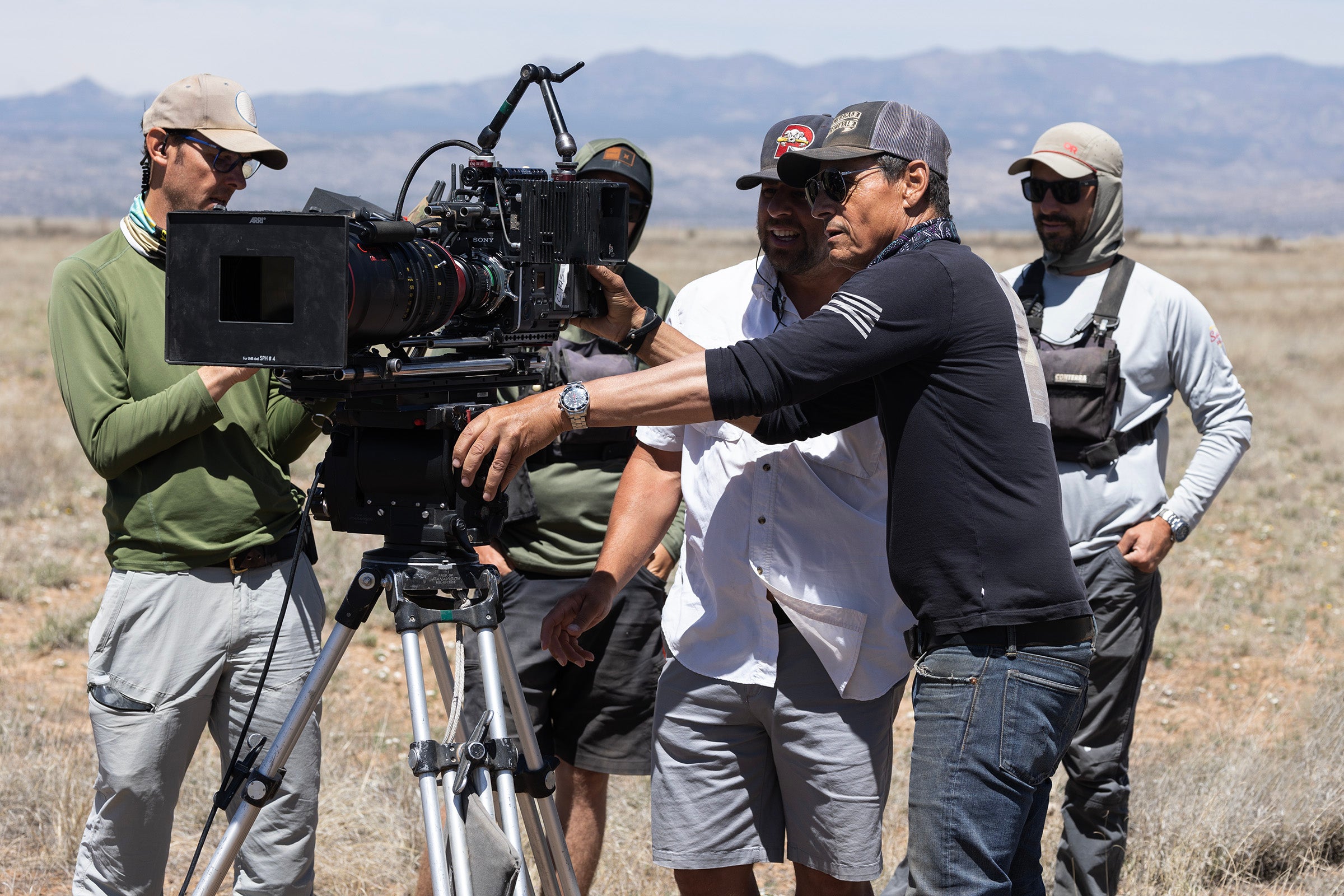
Filmmaker Interview: What Jacques Jouffret Learned from American Primeval
The American West is teeming with stories of violence, overcoming hardship, and new beginnings. American Primeval captured only a sliver of this expansive time in history, and it’s this sliver that offered Jouffret the opportunity to explore the visual language of a new genre.
What he discovered not only earned him an Emmy nomination for his work but also reinforced the ideas the cinematographer has about telling stories through a visual medium.
"There are a few things that I try to keep in mind as a cinematographer," Jouffret said. "Simplicity. Simplicity in everything you do. When you shoot in Western, you're working with very basic elements. You have daytime, you have a fire camp, and you have nighttime, which is mostly moonlight. That's all you have."
To see Jouffret's work on screen, stream American Primeval now on Netflix. And tune in on Sunday, September 14, 2025, to watch the 2025 Emmy Awards ceremony and celebrate the winners.

